Accounts
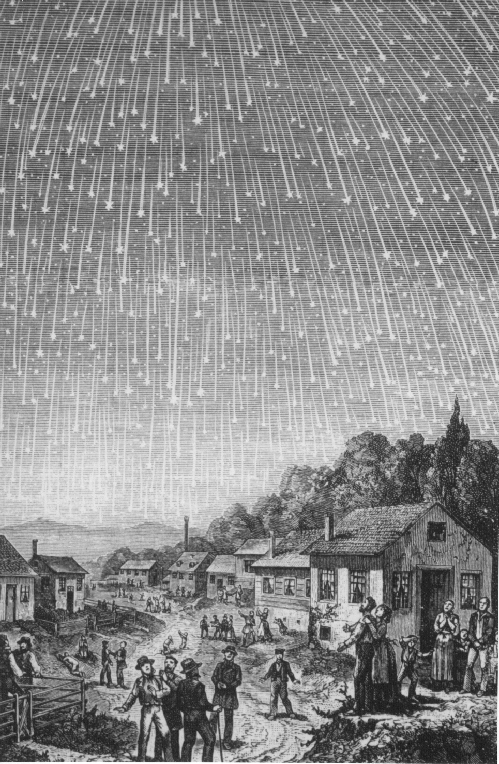
Parley P. Pratt
“I witnessed the falling stars–which was the grandest and most sublime sight eye ever beheld. No fear entered my mind, but joy rather than awe; this was in the fall, September I believe. If ever stars in the heavens had been on the move, it could not have excelled the sight. It appeared to me as some of the meteors, or stars, came down near to the surface of Silver Lake, on the banks of which I stood. And what makes it still more interesting was that a mob had assembled in Missouri to mob the Latter-day Saints who had just been driven from Jackson County, Missouri, and were in their tents, canopies, wagons and etc. on the banks of the Missouri River. God frightened the mob by this one of the signs of the last days so that great fear came upon the people, and the mob fled saying that the judgment day had come.”1
Eliza Lyman
“The next day we crossed the river into Clay County . . . It was here that I saw the stars fall. They came down almost as thick as snowflakes and could be seen until the daylight hid them from sight. Some of our enemies thought the day of judgment had come and were very much frightened but the Saints rejoiced . . .”2
Prophet Joseph Smith
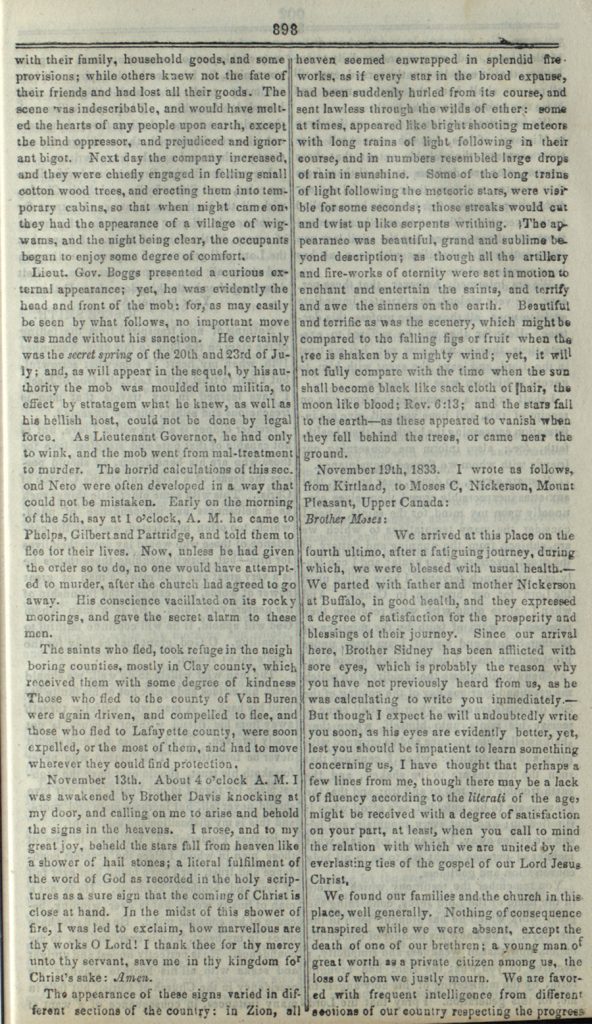
“November 13. About 4 o’clock a.m. I was awakened by Brother Davis knocking at my door, and calling me to arise and behold the signs in the heavens. I arose, and to my great joy, beheld the stars fall from heaven like a shower of hail stones; a literal fulfillment of the word of God as recorded in the holy scriptures as a sure sign that the coming of Christ is close at hand. In the midst of this shower of fire, I was led to exclaim, how marvelous are thy works O Lord! I thank thee for thy mercy unto thy servant, save me in thy kingdom for Christ’s sake: Amen.
The appearance of these signs varied in different sections of the country: in Zion, all heaven seemed enwrapped in splendid fire works, as if every star in the broad expanse, had been suddenly hurled from its course, and sent lawless through the wilds of ether: some at times appeared like bright shooting meteors, with long trains of light following in their course, and in numbers resembled large drops of rain in sunshine. These seemed to vanish when they fell behind the trees, or came near the ground. Some of the long trains of light following the meteoric stars, were visible for some seconds; these streaks would curl and twist up like serpents writhing. The appearance was beautiful, grand, and sublime beyond description; and it seemed as if the artillery and fireworks of eternity were set in motion to enchant and entertain the Saints, and terrify and awe the sinners of the earth. Beautiful and terrific as was the scenery, it will not fully compare with the time when the sun shall become black like sack-cloth of hair, the moon like blood, and the stars fall to the earth–Rev. vi:13; and the stars fall to the earth–as these appeared to vanish when they fell behind the trees, or came near the ground.3
Philo Dibble
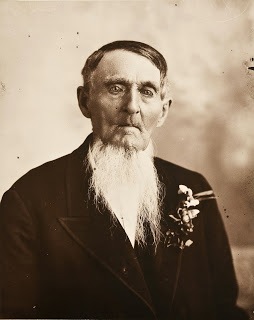
“On one occasion Joseph was preaching in Kirtland, sometime in the fall of 1833. Quite a number of persons were present who did not belong to the Church, and one man, more bitter and skeptical than others, made note with pencil and paper of a prophecy uttered on that occasion, wherein Joseph said that ‘Forty days shall not pass, and the stars shall fall from heaven.’
“Such an event would certainly be very unusual and improbable to the natural man, and the skeptic wrote the words as a sure evidence to prove Joseph to be a false prophet.
“On the thirty-ninth day after the utterance of that prophecy, a man and brother in the Church, by the name of Joseph Hancock,… and another brother were out hunting game and got lost. They wandered about until night, when they found themselves at the house of this unbeliever, who exultingly produced this note of Joseph Smith’s prophecy and asked Brother Hancock what he thought of his prophet now that thirty-nine days had passed and the prophecy was not fulfilled.
“Brother Hancock was unmoved and quietly remarked, ‘There is one night left of the time, and if Joseph said so, the stars will certainly fall tonight. The prophecy will all be fulfilled.’
“The matter weighed upon the mind of Brother Hancock, who watched that night, and it proved to be the historical one, known in all the world as ‘the night of the falling of the stars.’
“He stayed that night at the house of the skeptical unbeliever, as it was too far from home to return by night, and in the midst of the falling of the stars, he went to the door of his host and called him out to witness what he had thought impossible and the most improbable thing that could happen, especially as that was the last night in which Joseph Smith could be saved from the condemnation of a ‘false prophet.’
“The whole heavens were lit up with the falling meteors, and the countenance of the new spectator was plainly seen and closely watched by Brother Hancock, who said that he turned pale as death and spoke not a word.”4
Other Eyewitness Accounts
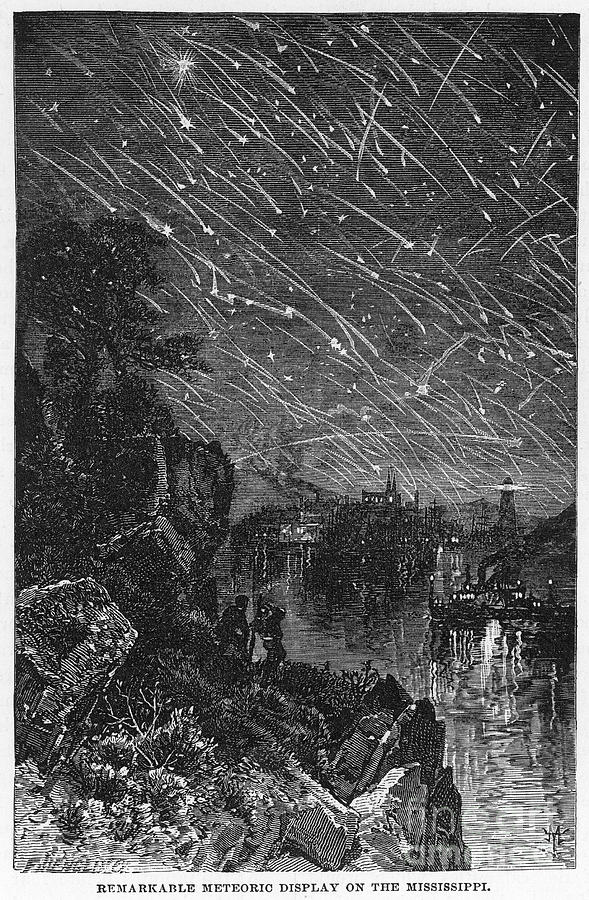
“This morning there was the appearance of a thick shower of fire. It was occasioned by the incessant falling of innumerable meteors … about half as thick as the flakes of snow in one of our common snow falls.”5
“The whole firmament, over all the United States, being then, for hours, in fiery commotion! No celestial phenomenon has ever occurred in this country, since its first settlement, which was viewed with such intense admiration by one class in the community, or with so much dread and alarm by another.” “Never did rain fall much thicker than the meteors fell toward the earth; east, west, north, and south, it was the same. In a word, the whole heavens seemed in motion. . . . The display, as described in Professor Silliman’s Journal, was seen all over North America. . . . From two o’clock until broad daylight, the sky being perfectly serene and cloudless, an incessant play of dazzlingly brilliant luminosities was kept up in the whole heavens.”6
“The morning of Nov. 13, 1833, was rendered memorable by an exhibition of the phenomenon called shooting stars, which was probably more extensive and magnificent than any similar one hitherto recorded…. Probably no celestial phenomenon has ever occurred in this country, since its first settlement, which was viewed with so much admiration and delight by one class of spectators, or with so much astonishment and fear by another class. For some time after the occurrence, the ‘meteoric phenomenon’ was the principal topic of conversation in every circle.”7
“The shower pervaded nearly the whole of North America, having appeared in nearly equal splendor from the British possessions on the north to the West-India Islands and Mexico on the South, and from sixty-one degrees of longitude east of the American coast, quite to the Pacific Ocean on the west. Throughout this immense region, the duration was nearly the same.”8
“No language, indeed, can come up to the splendor of that magnificent display; . . . no one who did not witness it can form an adequate conception of its glory. It seemed as if the whole starry heavens had congregated at one point near the zenith, and were simultaneously shooting forth, with the velocity of lightning, to every part of the horizon; and yet they were not exhausted–thousands swiftly followed in the tracks of thousands, as if created for the occasion.”9

“To understand the use of the word shower in connection with shooting stars we must go back to the early morning hours of Nov. 13, 1833, when the inhabitants of this continent [of North America] were in fact treated to one of the most spectacular natural displays that the night sky has produced. . . . For nearly four hours the sky was literally ablaze . . . . More than a billion shooting stars appeared over the United States and Canada alone.”10
“Neither language, nor the pencil, can adequately picture the grandeur and magnificence of the scene. . . . It may be doubted, whether any description has surpassed, in accuracy and impressiveness, that of the old negro in Virginia, who remarked ‘It is awful, indeed, sir, it looked like ripe crab-apples falling from the trees, when shaking them for cider.'”11
“I witnessed this gorgeous spectacle, and was awe-struck. The air seemed filled with bright descending messengers from the sky. It was about daybreak when I saw this sublime scene. I was not without the suggestion, at the moment, that it might be the harbinger of the coming of the Son of Man; and in my then state of mind I was prepared to hail Him as my friend and deliverer. I had read that the ‘stars shall fall from heaven,’ and they were now falling.”12
- Parley P. Pratt, Autobiography of Parley P. Pratt, (Salt Lake City, Utah: Deseret Book Co., 1985), 83. ↩︎
- Eliza Maria Partridge Lyman , “Life and Journal of Eliza Marie Partridge (Smith) Lyman,” Boap, http://boap.org/LDS/Early-Saints/EMPSLyman.html. ↩︎
- DHC 1:439, from Times and Seasons 6, No. 9 (May 15, 1845) History of Joseph Smith, 898. ↩︎
- DHC I:416. ↩︎
- Columbian Centinel in Boston. ↩︎
- R. M. Devens, American Progress; or, The Great Events of the Greatest Century, ch. 28, pars. 1-5. ↩︎
- Denison Olmsted, “Observations on the Meteors of November 13th, 1833,” The American Journal of Science and Arts, 25 ([Jan.?] 1834, Volume XXV, 363, 365, 366, 386, 393, 394. ↩︎
- Denison Olmsted, Letters on Astronomy, Addressed to a Lady: in Which The Elements of the Science Are Familiarly Explained in Connexion With Its Literary History (1840 ed.), pp. 348, 349. ↩︎
- F. Reed, Christian Advocate and Journal, Dec. 13, 1833. ↩︎
- Peter M. Millman, “The Falling of the Stars,” The Telescope, 7 (May-June, 1940), 57. ↩︎
- J. T. Buckingham, “The Meteoric Shower,” The New-England Magazine, 6 (Jan.-June, 1834), 47, 48. ↩︎
- Frederick Douglass, Life and Times of Frederick Douglass (New York: Pathway Press, 1941), p. 117. (Original edition 1855.) ↩︎


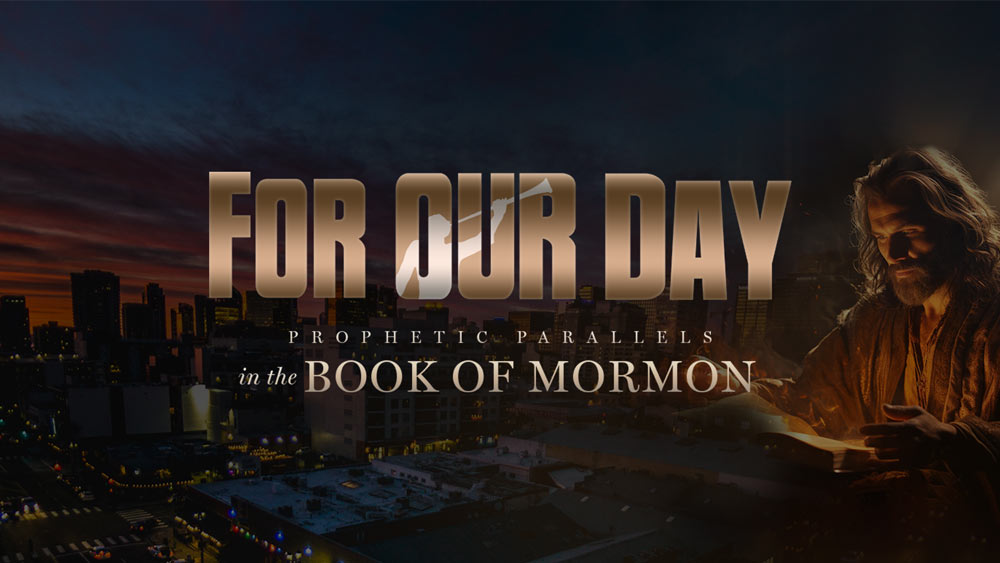


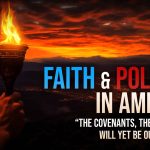
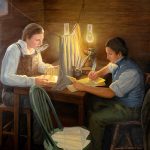

2 Responses
Very interesting!
where in ‘ Zion ‘ did the stars fall ?